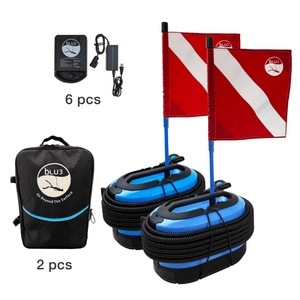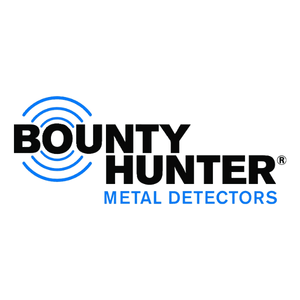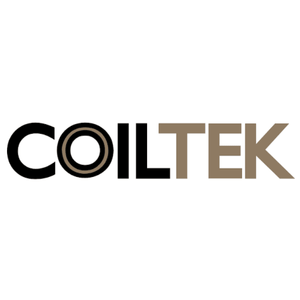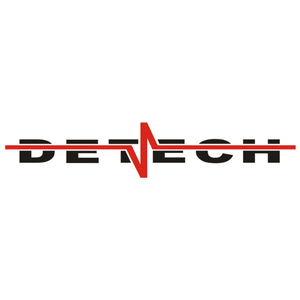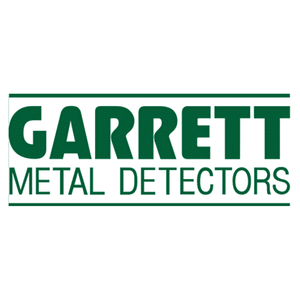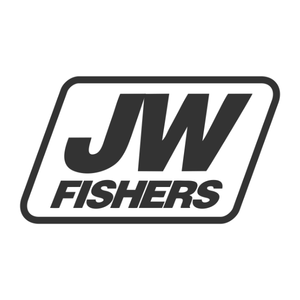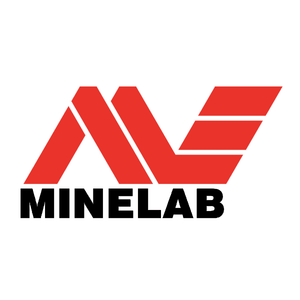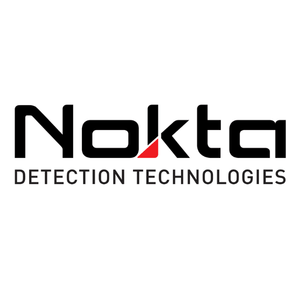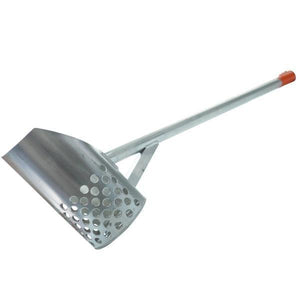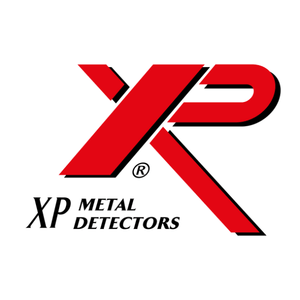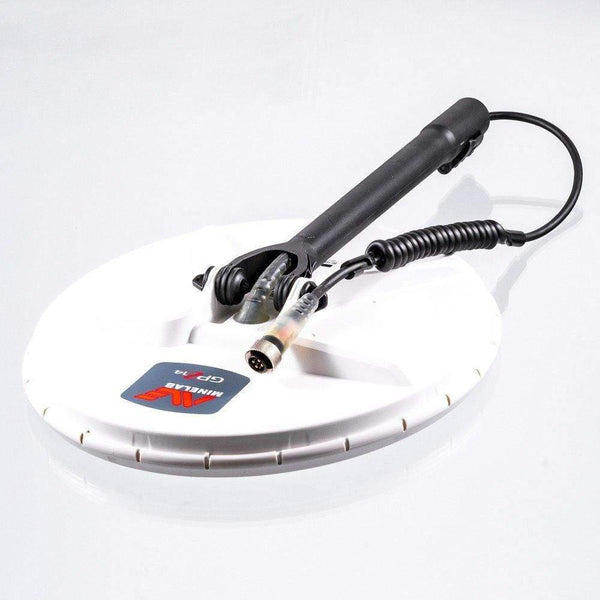Minelab Manticore Review: A Cutting-Edge Metal Detector!
After 40 hours with the Minelab Manticore here are our our thoughts. Our only intention here is to provide some objective feedback on the Manticore for the benefit of those who are still on the fence about purchasing one. We won't give you any nonsense, whether it's praise, criticism, or fluff. If we think something is bad, we will say so! What we think of it depends on its quality. It really is that easy.
Throughout this evaluation, we will make comparisons to other detectors. Remember that we only speak for ourselves here. It's okay if you disagree strongly with us.
While we are unable to comment on its effectiveness for beach hunting, gold prospecting, or long-term durability, we can share my thoughts on how it functions while it searches for coins and relics in the ground.
Our first impressions after 40 hours of use are shown below. To make this review as comprehensive as possible, We've spent over 40 hours researching and using this metal detector. As we have more experience with the device, we will continue to provide updates here. Our teams learning process, and the experiences of other users, will be documented here for your perusal. So if you want the whole picture, read the whole thread!
We willl go into detail and provide my opinions on each part.
Comfort & Design
Let's begin with the control unit and buttons. The control housing's outside button configuration and general design are reminiscent to the Equinox. The thumb buttons are arranged differently, yet they are neatly positioned. Buttons are fast and have a high quality feel to them. Because the power switch and side user soft key will be used frequently, we'd want to put them on the front of the control unit. In our perspective, it would just be quicker to reach them with the thumb.
Moving down to the handle, it's made of a plastic-like material with a rubber over-molding at the place where your fingers curl around. The angle appears to be little advanced of the Equinox. Very relaxing. It also has a vibration mode, which may be useful when hunting in loud locations, underwater, or for someone who is deaf.
The Manticore is well-balanced. Despite being almost the same weight as the Equinox, it doesn't seem as nose-heavy thanks to a few of geometric tweaks. First, there's a small protrusion on the handle just below the control housing that extends over the index finger to keep your hand at the right distance from the bottom of the housing. Next, the redesigned "Scorpion" armrest includes an integrated riser that raises your elbow and aligns your arm parallel to the shaft.

The new carbon fibre shaft is lightweight as well as robust. It includes two locking cams that may be adjusted. The device folds itself to a minimal size. The concept of putting the attachment ears on the shaft instead of the coil was brilliant, albeit we've experienced minor issues with the coil bolt screwing off easily. This redesigned shaft is a significant improvement over the Equinox 600 and 800. However, we believe Minelab missed the mark on a couple points:
1. In our opinion, the shaft should have been keyed. What we imply by "keyed" is that it should not have been built to rotate. Like the XP Deus, for instance. Every time we have used it, we have to visually align the coil with the control housing.
2. It would have been wonderful to have some measuring markers on the shaft so we could immediately extend it to the required position without having to worry about it. We could always do it ourselves with a marker, but why not do it from the start? It was such a simple thing, yet it would have been really valuable! Especially with a three-piece shaft detector.
3. On the majority of their detectors, Minelab has always placed the shaft in the centre of the coil. This, in our opinion, is how it should be. It just balances better and makes keeping the coil parallel with the ground easier. For some reason, they shifted the mounting point to the back on this one. We are unsure why manufacturers do this, but we don't agree with it.

Display

The big Target ID is the major focus, with Target Trace right below it. To the left, you can observe the frequency and sensitivity being utilised. Several symbols on the top display the current programme, as well as the status of the overload, flashlight, tracking, wireless, headphones, and battery. The depth metre is located on the right side.
The Manticore's depth metre, like the Equinox's, displays depth via arrows or chevrons. Each one is about 2 inches long. We'd like a numeric depth read-out, but that's just our opinion.
The display's brightness may be adjusted to a variety of settings, or it can be set to auto. When in auto mode, the light sensor on the top right adjusts the brightness automatically based on the available light around you. If you need to detect after dark, it features a built-in torch.
On-Screen Menu
The Manticore's user menu has certainly been the most well-thought-out and user-friendly of any detector we've used. It took us about 5 minutes to go through everything and figure out where each setting is and what it does. When you hit the settings button, a menu appears on the left side. From there, just use the arrow keys on the keypad to go through the various options. It is Simple! We're not sure how else to explain it except to say that all of the settings and controls are simply put out in a way that makes them really easy to learn and use. Minelab might teach other detector manufacturers a thing or two in this regard. When compared to the extremely convoluted menus on past detectors of the past this is a gigantic improvement. So hats off to Minelab!
Battery Life and Charging
The Manticore includes a rechargeable battery. The time it takes to run a programme depends on the programme and features utilised. Our team have always claimed that the fact that we can hunt for an entire day without having to recharge is all that counts to us. We've gone on a few full-time hunts with the Manticore, and while it always made it through the day, the battery level displayed on the screen at the end of the day made us a bit anxious. If you hunt for more than 7 hours or use battery-hungry programmes like High Conductor, you should bring a power bank just in case.
The Manticore, like the Equinox, charges through a cable that magnetically connects to the rear of the control unit. We like this concept and would want to see XP implement it instead of the clunky coil clips and screw-on recharging accessories they now use.
Target ID
The Manticore's Target ID ranges from 0-99 and is widely spaced out. To give you a sense of what we intend by "spread out," the IHP to silver quarter range is roughly 55 to 90. In comparison, the Deus 2 covers the same coin range from roughly 80-97.
Having a distributed ID offers certain advantages, but it also has some disadvantages. Because it's so dispersed, you'll see greater ID fluctuation due to mineralization, and it'll be less stable than machines like the Deus II or CTX 3030. As a result, it's a compromise. You'll get a greater spread on the Manticore, but you'll need to perform more mental averaging of the ID numbers to get a fair understanding of what's under the coil. Due to the ID of coins being gathered closer together, the Deus 2 tends to latch on better.
Target Trace
This function initially appeared on the CTX 3030 almost a decade ago. Some dismissed it as a novelty, but I found it to be a valuable tool. As metal detectorists, we are continuously attempting to utilise calculated information to determine what is concealed beneath the earth. We employ sound, discrimination, and target identification to determine whether or not to dig. Target Trace is merely another weapon in the arsenal. It can notify you if you have numerous targets near together, if those targets have various conductivities, and it can assist you avoid excavating specific garbage targets. No, you can't see forms, but you may detect various signatures that may hint to what's underlying the coil.

Discrimination & Ferrous Limits:
Various Tones
The Manticore's tones may be set in a number of ways using Audio Themes and Target Tones.
Audio Theme
Normal, Enhanced, Depth, and Prospecting are the audio themes available. Each one has unique qualities.
Normal: The Normal Audio Theme is an excellent choice for general detection. It provides rich-sounding audio responses that fluctuate in pitch and loudness.
Enhanced: The Enhanced Audio Theme is comparable to the Normal Audio Theme, but it is optimised for detection in high EMI settings.
Depth: The Depth Audio Theme is effective for improving target separation in inland areas with high levels of ferrous debris. (This is extremely similar to the Deus 2's "Pitch" tones.)
Prospecting: The Prospecting Theme is excellent when maximal sensitivity to weak targets is desired, such as gold prospecting or beach combing for exquisite jewellery. This theme works best on low-traffic sites.
Profile options for Normal, Enhanced, and Depth can change the degree of modulation (Simple, Medium, and Rich), as well as Threshold Level and Pitch.
Target Tones:
You may customise the tones in a variety of ways here: The typical one tone, two tones, or five tones. In other words, the user can divide the ID scale into bins and assign a specific pitch to each bin.
Another choice is "All Tones" from Minelab. Full Tones is another way of stating it. Each ID # has its own pitch in this mode. You may also divide the ID scale into regions and specify the pitch's start and stop points to each sector. This is useful for making specific target ranges stand out.
For both ferrous and non-ferrous targets, the volume and pitch may be adjusted by the user.
Overall, the Manticore's tones are extremely adjustable and pleasing to the ear. However, they aren't nearly as subtle or detailed as the Deus 2 tones, in my opinion.
Pinpoint Mode
When you activate pinpoint mode and sweep over the target, the detector's sensitivity decreases as you sweep to eventually only a very small target response is obtained. When you're in pinpoint mode, you'll see a bar across the bottom of the screen. The bar expands in towards the centre when the coil's centre approaches the target. The pinpoint mode on the Manticore works nicely and, in our opinion, is an enhancement over the Deus 2. Mostly because there are no extra buttons to push to turn it off. If you prefer, the wriggle back approach is also effective.
Search Modes
There are three search modes on the Manticore: All-Terrain, Beach, and Gold Field. Each has its own set of configurable programmes that employ different frequency combinations and other parameters tailored to different sorts of targets or hunting situations.
General - All-purpose detection for most targets and situations.
Fast - Designed for target separation.
Low Conductors - For targets that are tiny or have a poor conductivity.
High Conductors - Designed for high conductivity targets such as silver coins.
Trash Reject - Designed to reject iron garbage and foil as much as possible.
Some users have experienced excessive iron falsing when using the Manticore. We had some of this too while playing with All Terrain High Conductors, however moving to All Terrain General appears to help in locations with a lot of iron. When using General, you may notice a tiny drop in depth and a less consistent ID on high conductors.
How Deep Can the Minelab Manticore Search?
All of the deep targets that were just outside the detection limits of our prior detectors, including the CTX 3030 and the Equinox 800, were readily hit by the Manticore in our test bed. The 9"-10" coins are easy to find in suitable soil. Our third experience out with the Manticore took place at a location renowned for its extremely deep targets and sandy dirt. Clad extends to a depth of around 8 inches, whereas silvery materials are located much further below. In the past, we've used the CTX 3030 and Deus 2 with the 9" coil to hunt in this area.
We dug up a lot of silver, but the signals died out. Therefore, we figured it would be amusing to bring the Manticore there and test its mettle against targets that the other machines couldn't quite reach. It's highly effective against electromagnetic interference; we was able to crank up the sensitivity to 29 here. In the end, we acquired a 13-inch-deep aluminium tax token and numerous additional deep silver coins. The Deus 2 has a 9-inch coil, but the Manticore's is 11 inches in diameter. On the same day, our other team member came with his Deus II and 11" coil to compare signals and found the same things we did with the Manticore.
Speed
We haven't done enough separation testing, so we can't comment on how it compares to other newly released detectors. It appeared quick enough to us in the tests we ran.
Headphones
The ML-105 headphones that come with this detector are definitely an improvement up over the pair that came with the prior Minelabs. Nice and cosy, with superb audio performance and no discernible delay. Because they are not waterproof, we recommend to not wear them in the rain.
Structural Quality
The fit, feel, and quality of the Manticore are unquestionably superior to those of the Equinox. No more shaky shaft. There will be no more broken coil ears. Excellent new arm cuff and the controls on the control unit are quite comfortable. So far, no problems. We'll see how it keeps up after an entire year of intensive use.
Manticore vs Deus II
We are simply including this since we're sure someone will inquire. Which one would we choose if we could only retain one? The two machines are deep, quick, and packed with features. In our perspective, the Manticore features a better-looking display and a more user-friendly interface. All of that is nice, but when it comes right down to it, the aspects that really matter to us are tone ID accuracy and stability.
That is the order. Audio is first on our list since it is the first thing that catches our attention and tells us a lot regarding the target. More than just identification. More than just Target Trace and XY. In terms of audio, the Deus II is unrivalled in our opinion. When we claim it has descriptive audio, We're referring to the ability to hear the delicate edges of a circular target. The roughness of a malformed target may be heard. Even when it falters, you can hear the forceful clang of iron. No other kind of metal detector I've tried provides as much auditory information as a Deus in Pitch or Full Tones mode.
Weight is another factor that is highly important. A lightweight machine allows detectorists to search for longer periods of time before becoming exhausted. More hunting time equals more findings. The Manticore isn't very hefty, but it's still not in the same league as the Deus. When hunting level land, the weight difference isn't as evident, but if you spend a lot of time in the woods swinging over uneven ground and continuously manoeuvring around trees or bushes, the weight of your detector counts.
For these reasons, if we had to choose just one, it would be the Deus 2. To be honest, our team have put in countless of hours on the Deus II but only about 40 hours on the Manticore. Our thoughts may alter as we spend a longer period on the Minelab.
Let's Wrap This Up!
That's all there is to it. That's how we feel about the Minelab Manticore after 40 hours of use. It's a fantastic detector, however there are some areas that should be improved. Every metal detector has flaws, and the Manticore is no exception. Overall, it is just what we expected. There are no issues with this machine and we recommend it wholeheartedly.
See the Minelab Manticore by clicking here.







